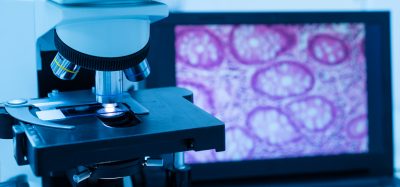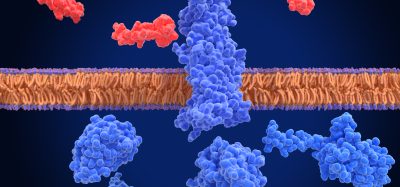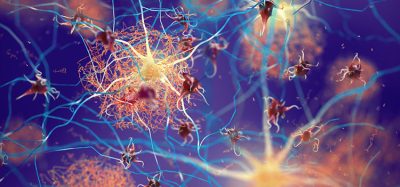Primary cilia’s role in cartilage regeneration after growth plate fractures
Posted: 1 August 2023 | Izzy Wood (Drug Target Review) | No comments yet
Activation of the Hedgehog signalling pathway through cilia holds promise for promoting cartilage repair and overcoming growth plate injuries.
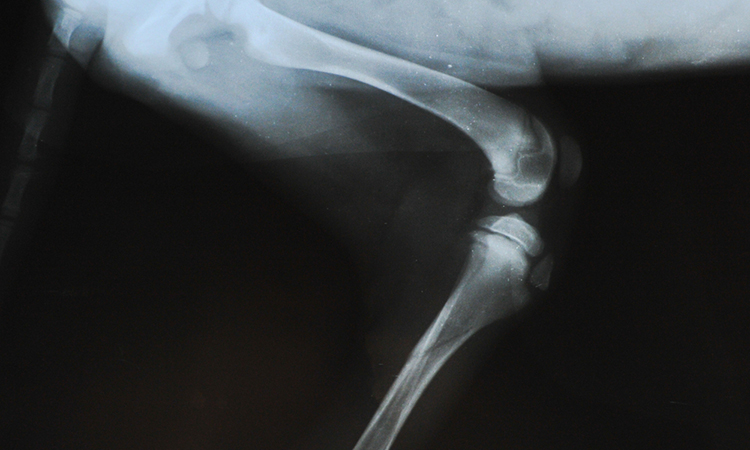

Growth plates (GP), situated at the ends of long bones in children, supply chondrocytes necessary for bone growth. Damage to the growth plate due to fractures often results in arrested bone growth, making it a significant cause of skeletal disorders in children. However, a small percentage of these injuries astonishingly manage to heal themselves, a phenomenon that had remained a mystery until now.
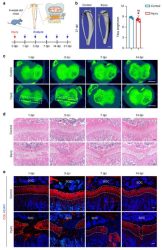

a Schematics of injury model in the tibia growth plate. b Micro-CT images and quantifications of control and operated tibia length at 21 days post-injury (dpi)
In a new study published in the International Journal of Oral Science, Yao Sun from Tongji University and other researchers identified that primary cilia, cellular sensory organelles enriched with receptors for organ developmental signalling pathways, play a critical role in this self-healing mechanism. Primary cilia, specifically those associated with chondrocytes in resting and proliferating zones of the growth plate, have been discovered to be dynamically ciliated during growth plate repair.
The loss of ciliation in aged cells was observed, suggesting that primary cilia play a crucial role in chondrogenesis and growth plate development. At the heart of this process is the Hedgehog (Hh) signalling pathway, which is crucial for chondrocyte differentiation and growth plate maintenance. It was observed that the activation of Hh signalling in the injured growth plate could trigger the activation of chondrocytes, thereby promoting cartilage repair. Disruption of the ciliary gene resulted in disorganised growth plate structure and severe bone development arrest, further affirming the crucial role of cilia in growth plate repair.
Moreover, it was found that the application of Smoothened agonist (SAG), which activates ciliary Hh signalling, significantly accelerated the repair of the growth plate after injury. Interestingly, Hh signalling also played a part in promoting the healing of growth plate injury, with the upregulation of Hh signalling by SAG further inhibiting the formation of bony structure in other intractable growth plate injuries. Importantly, through their study, the researchers demonstrated the dynamic ciliation of newly formed chondrocytes during GP regeneration.
The findings suggest that a targeted therapeutic approach could be developed to stimulate the Hh-cilia-Gli1 axis, promoting the repair of growth plate defects more effectively. This validation of the role of primary cilia in growth plate regeneration post-injury not only reveals new mechanisms of how cilia maintain growth plate functions but also opens up new avenues for combating growth plate injury. These revelations could prove invaluable for the treatment of children suffering from growth plate fractures, potentially rescuing them from enduring skeletal disorders. However, further studies will be needed to construct viable therapeutic strategies based on these insights.
Related conditions
Growth plate fractures
Related organisations
Tongji University
Related people
Yao Sun



